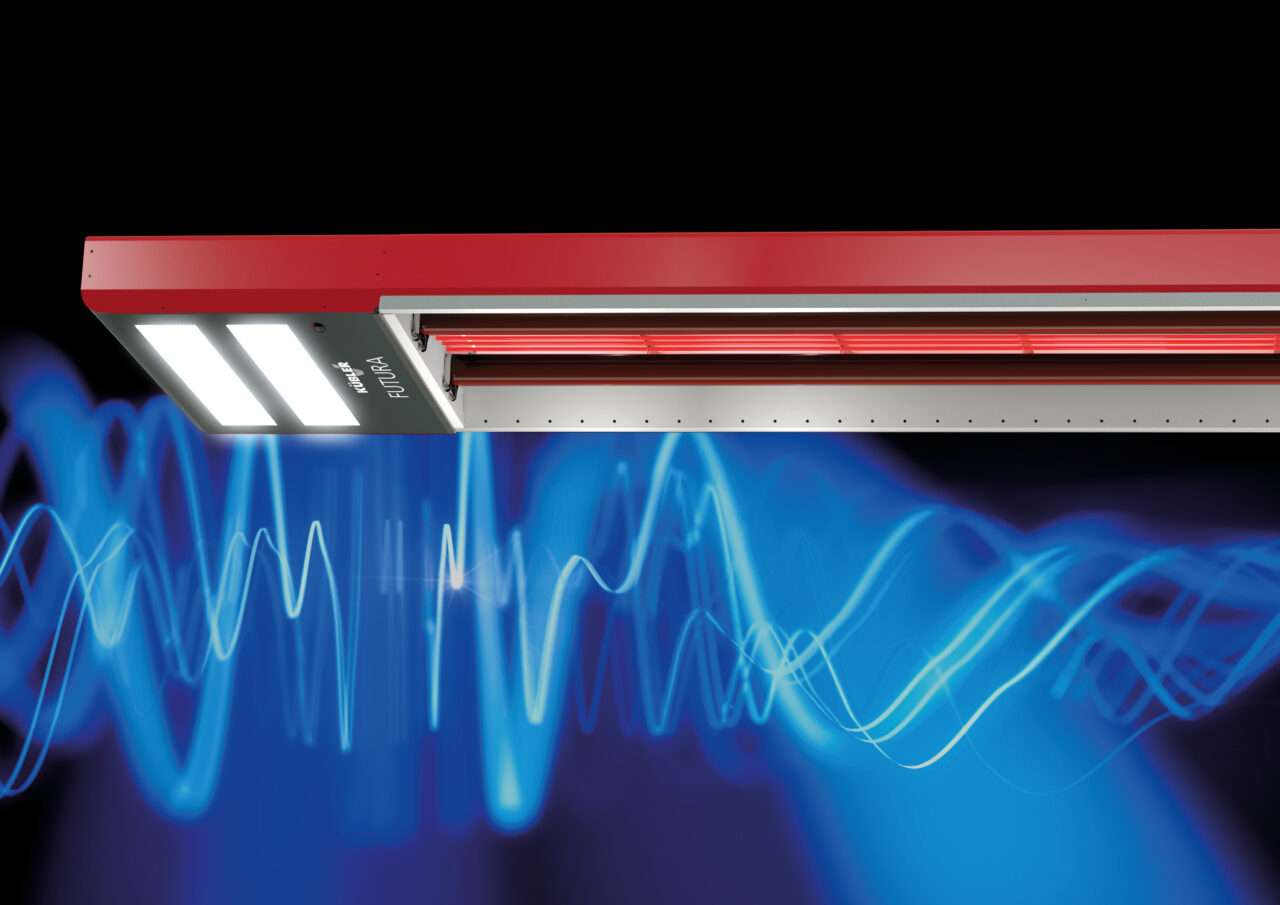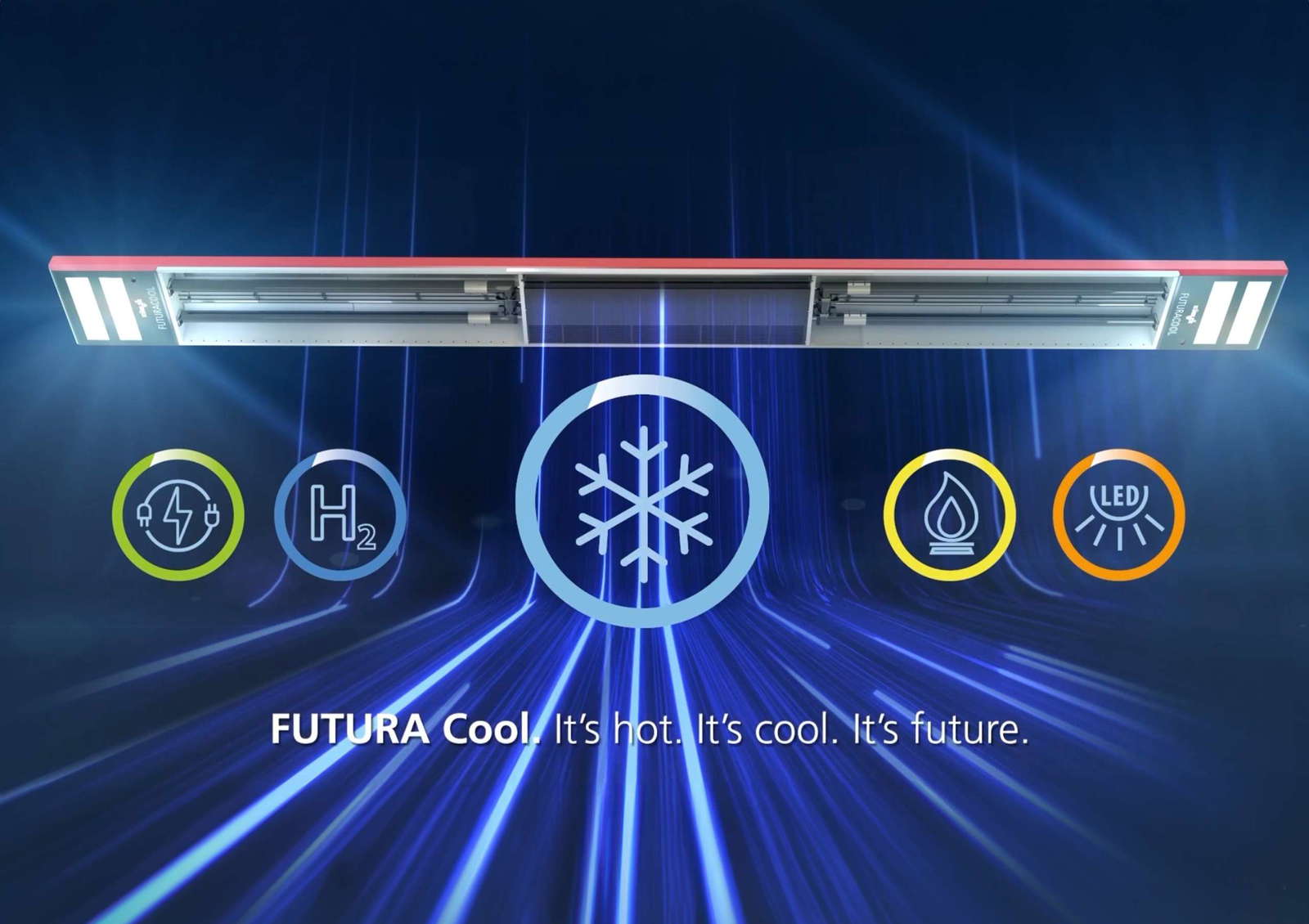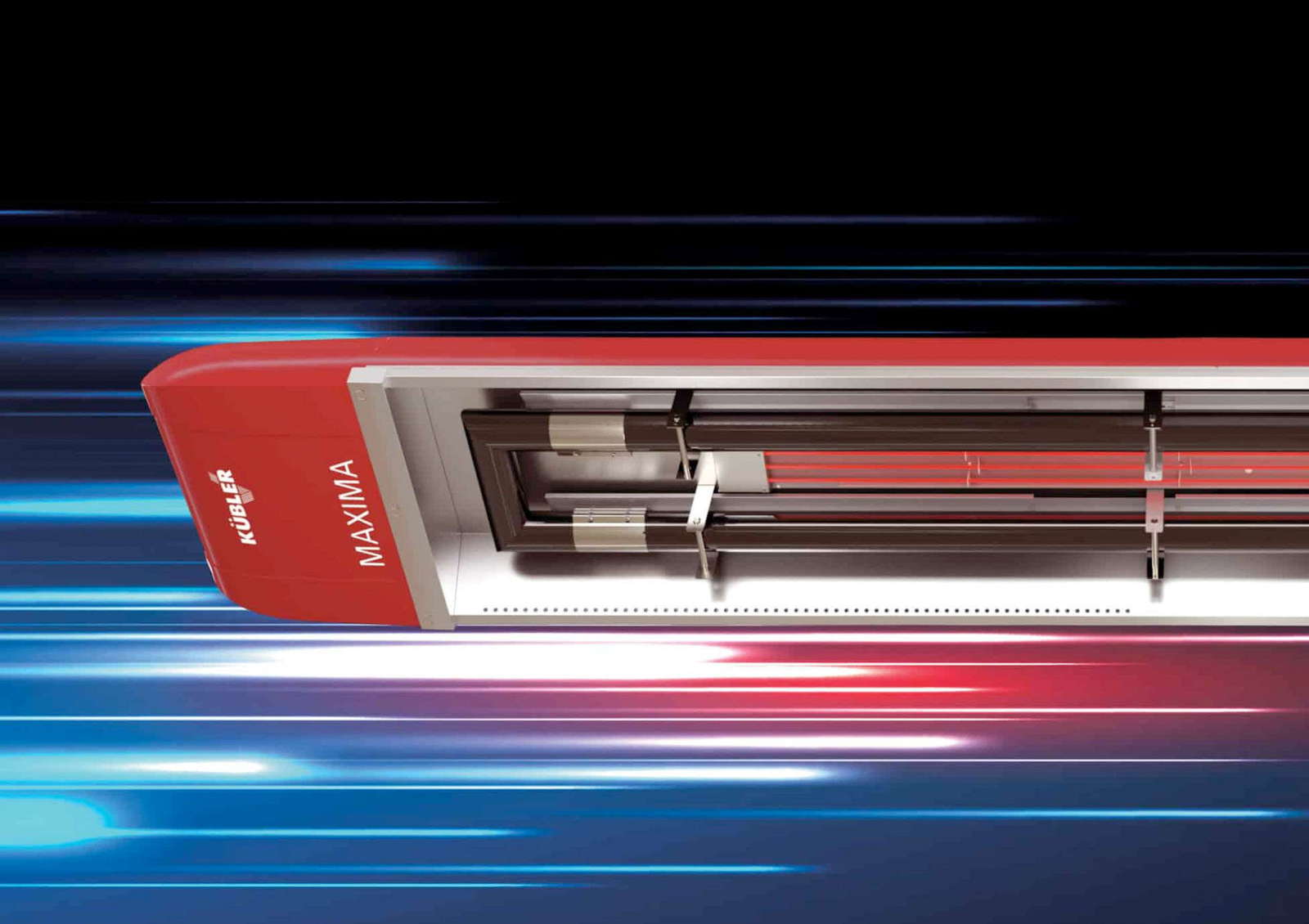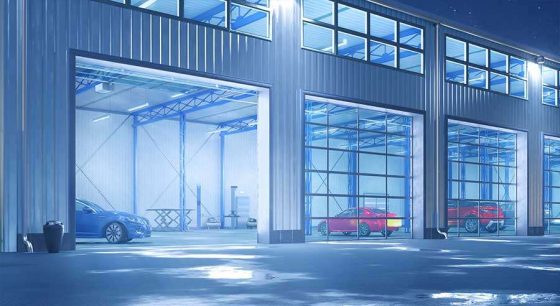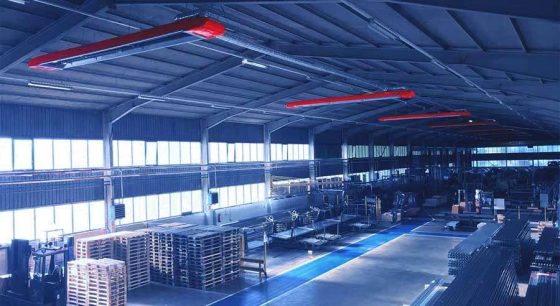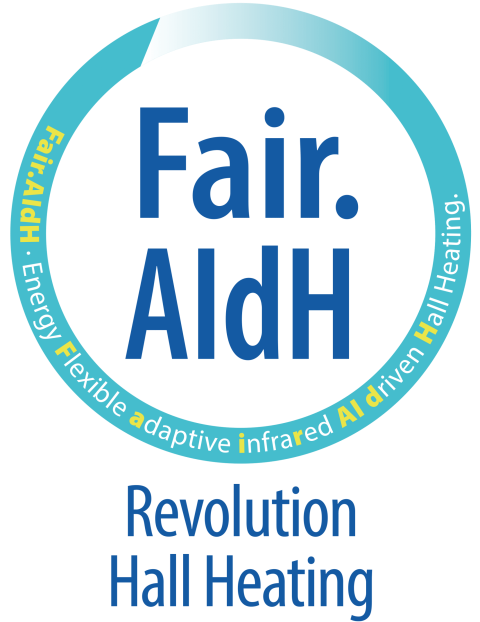Why dark radiant heaters are the most efficient solution for heating your industrial and commercial building

The greatest efficiency factor can only be understood if you understand how Infrared dark radiators know. This is quickly explained.
HOW DARK RADIANT HEATERS WORK
Dark radiant heaters are decentralized, direct-acting heaters. They are mounted on the hall ceiling and supplied with natural gas, liquid gas or biogas. Dark radiant heaters use closed combustion in a pipe system. The heat generated is directed as infrared radiation into the areas to be heated. Infrared rays are characterized by the fact that they only heat the object or person they hit. And that brings us to the first point as to why dark radiant heaters are the most efficient solution for your hall.
REASON 1: DARK RADIANT HEATERS ONLY HEAT WHAT IS NECESSARY
Let's stick with the comparison with the sun. When you're sitting outside on a beautiful summer evening, it's still pleasantly warm as long as the last rays of sunshine are shining over the horizon. As soon as the sun has gone, you need to put something on - because although the air temperature hasn't changed in the last few minutes, it suddenly feels much colder. This is because the sun's rays are not heating the air itself, but in this case your body.
This is exactly what dark radiant heaters do. The air temperature remains completely unaffected by the infrared rays and only the hall floor, the room frame and the people in the work area, for example, are heated. Why is this so efficient? Because there is no warm air which, for physical reasons, rises completely uselessly below the hall ceiling! Dark radiant heaters therefore only heat what needs to be warm - and you save heating costs and energy as a result.
REASON 2: FLEXIBLE HEAT MANAGEMENT ALLOWS TARGETED HEATING
Closely related to this is our second reason why dark radiant heaters are so efficient. With the right control tools, they can be managed and used particularly flexibly. This is particularly practical if your hall is divided into different usage zones, for example. Modern dark spotlights can be specifically adapted to the different zones during operation: The order pickers are likely to be heated a little more than the area where the welders work. You can also specifically adjust the temperature above the shelves with the temperature-sensitive goods - and directly in the door area, for example, the heating is automatically switched off as soon as the door is open. In this way, the heating is really only used when it makes sense. We like to say that heating consumes the least energy when it is not running. So simply leave your heating off in the places where it is not needed!
REASON 3: ALMOST NO HEAT IS LOST WITH DARK RADIANT HEATERS
In many places, industrial and commercial buildings are still heated with classic hot air heating. You should be aware of two key features:
- ConvectionThe laws of nature do not stop at heating costs. Warm air rises upwards. In halls with typically high ceilings, it rises straight up from the work area to the roof, where it collects and forms a heat cushion. With warm air heating systems, you would therefore have to heat virtually the entire hall, even if the actual usable space only takes up around 20 %. This is neither efficient nor sensible.
- Heat exchangeAs soon as the door is opened, there is a leak in the hall or the hall is poorly insulated, the heat disappears outside. This is another reason why the hot-air heating system has to constantly reheat and consumes an unnecessary amount of energy and money.
Thanks to the infrared technology of dark radiant heaters, these problems are now a thing of the past. Because if no warm air is generated, no warm air can escape. Once again, the dark radiant heater only heats what needs to be heated - and this does not include the ceiling area of your hall or the surrounding area.
Reason 4: Dark spotlights are good for your employees
An efficiency factor that many similar articles on this topic fail to mention: dark radiant heaters also benefit your employees. Why?
- No dust is stirred up by air ascent.
- There are no unpleasant draughts.
- The air is more pleasant to breathe and does not irritate the skin or respiratory tract.
- Half of your employees in the hall don't have to sweat so that the other half don't get too cold - thanks to zoning and flexible control.
All in all, dark radiant heaters create an improved working environment, which significantly increases the satisfaction of your workforce and therefore also their productivity. Would you have thought that infrared radiant heaters can also be a real advantage in this way?
CONCLUSION
Infrared radiant heaters pay off in many different waysWhatever angle you look at it from: Dark radiant heaters are always the highly efficient solution for your industrial and commercial building. And with energy savings of up to 70 %, this also has a direct positive effect on heating costs and CO2-balance sheet. If you would like to find out more about efficient heating, we recommend our guide. There you will find precise details on dark radiant heaters, efficient heating systems and how this relates to the requirements of current building and environmental protection legislation. Take a look!
-
Ambitious climate protection targets and new building energy regulations pose challenges for companies. Especially when modernizing heating systems in hall buildings, you should rely on future technologies in order to meet the strict requirements.
-
High sickness rates are a burden for many companies. Many companies have discovered that this is not only dependent on the time of year and the incidence of infection, but can also be directly influenced. They are actively working to improve employee satisfaction and are developing suitable programs to increase this important factor.
-
"Heating with the windows open" in private households is like "heating with the doors open" in production halls and warehouses. It's great if you can afford this in industry and commerce because production and business are obviously running - unfortunately, this is not a matter of course for many companies in times of coronavirus.
-
A new heating system for your company's hall is a decision that needs to be carefully considered. Read this article to find out which facts speak in favor of an infrared radiant heater!
